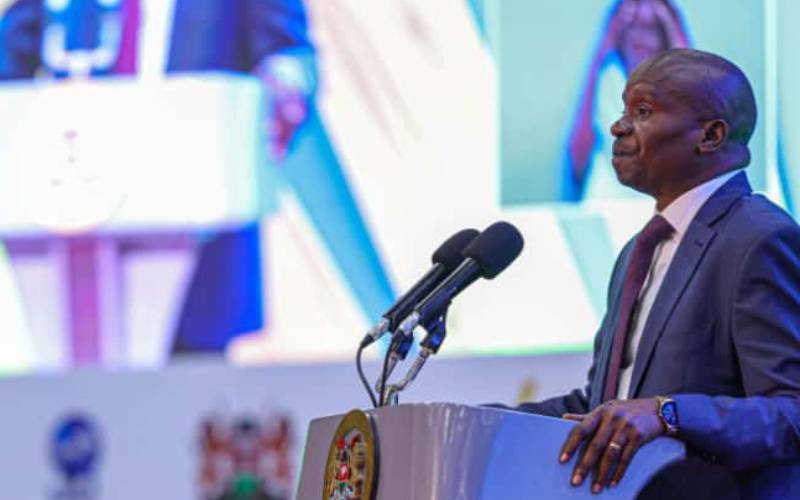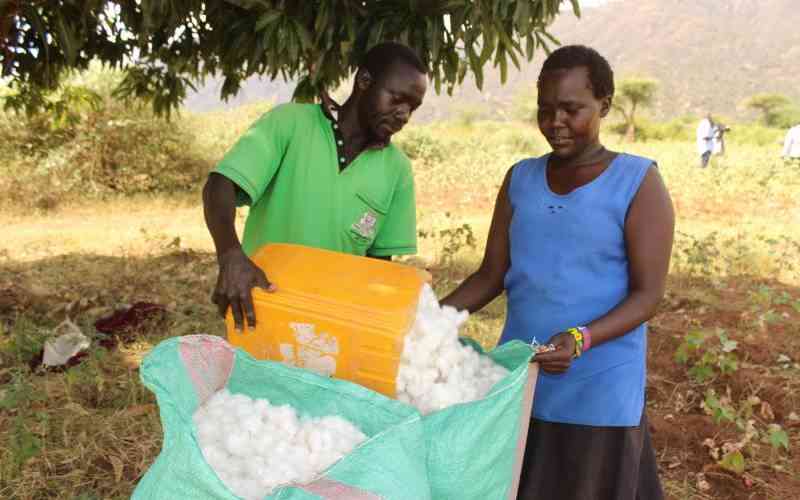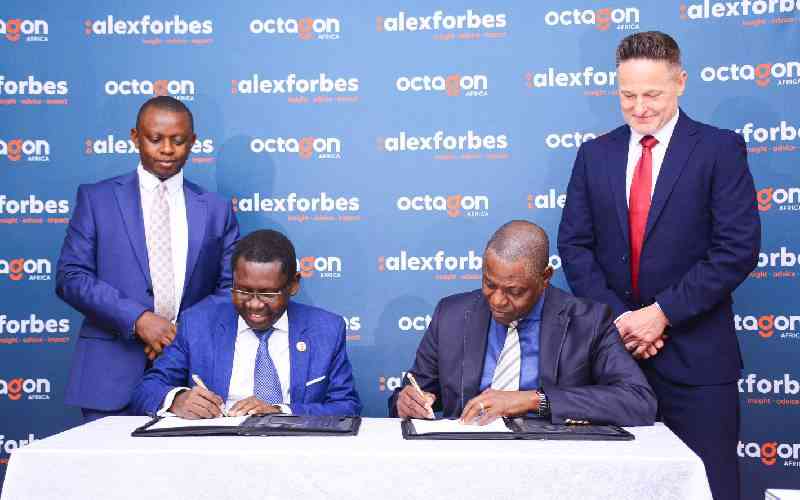
Kenya will take over the COMESA chairmanship from Burundi, whose President Évariste Ndayishimiye has led the bloc since the 23rd Summit.
This was revealed by Deputy President Kithure Kindiki on Tuesday, October 7, during the opening of the 18th COMESA Business Forum at the Kenyatta International Convention Centre in Nairobi.
The DP said Kenya would use its leadership to push for digitalisation and value addition to boost intra-African trade and deepen regional integration.
“Kenya will champion a new era of regional integration that uses digitalisation to deepen value chains for sustainable and inclusive growth,” said Kindiki.
He urged business leaders to submit bold, practical proposals to the COMESA Heads of State and Government Summit, saying innovation and cooperation were key to regional prosperity.
“You are the engine of Africa’s economic transformation. You will bridge the gaps, create the jobs, and build the future of Africa,” he noted.
According to Kindiki, digital systems such as electronic certificates of origin and smart border concepts would help reduce non-tariff barriers and ease trade across member states.
He also called for a shift from raw exports to value-added goods, saying youth- and women-led small businesses must be supported across agriculture and manufacturing.
Agriculture
On Monday, Agriculture Cabinet Secretary Mutahi Kagwe told the COMESA–European Union Horticulture Connect event in Nairobi that digital infrastructure and regional cooperation were essential to boost horticultural exports and reduce trade delays.
“Our farmers and agribusinesses cannot thrive if their produce is delayed at borders by cumbersome procedures or unpredictable fees,” said Kagwe.
He said Kenya had launched the National Horticulture Traceability System to improve export compliance and transparency, noting that horticulture earned more than Sh137 billion in 2024 but warned that tighter European standards, high freight costs, and a stronger shilling had eroded competitiveness.
COMESA was established in 1994 to replace the Preferential Trade Area, with a mandate to promote regional economic integration through trade and investment.
Headquartered in Lusaka, Zambia, the bloc now includes 21 member states and a combined population of over 600 million.
Stay informed. Subscribe to our newsletter
Its key programmes include trade liberalisation, infrastructure development, digital transformation and support for small and medium enterprises.
Despite its ambitions, intra-COMESA trade remains low, mirroring broader continental trends. Africa’s intra-regional trade stands at just 15 per cent, compared to 60 per cent in Europe and 40 per cent in North America.
The bloc has faced persistent challenges, including non-tariff barriers, fragmented customs systems, and limited digital infrastructure.
Kenya’s assumption of the chairmanship comes at a time when COMESA is under pressure to deliver on its integration goals and align with the African Continental Free Trade Area (AfCFTA), which aims to create a single market for goods and services across the continent.
President William Ruto is expected to use Kenya’s tenure to push for harmonised digital systems, expanded value chains, and stronger linkages between COMESA and AfCFTA frameworks.
Kindiki added that Kenya’s leadership in mobile money and digital governance would help position COMESA as a model for inclusive, tech-driven trade.

